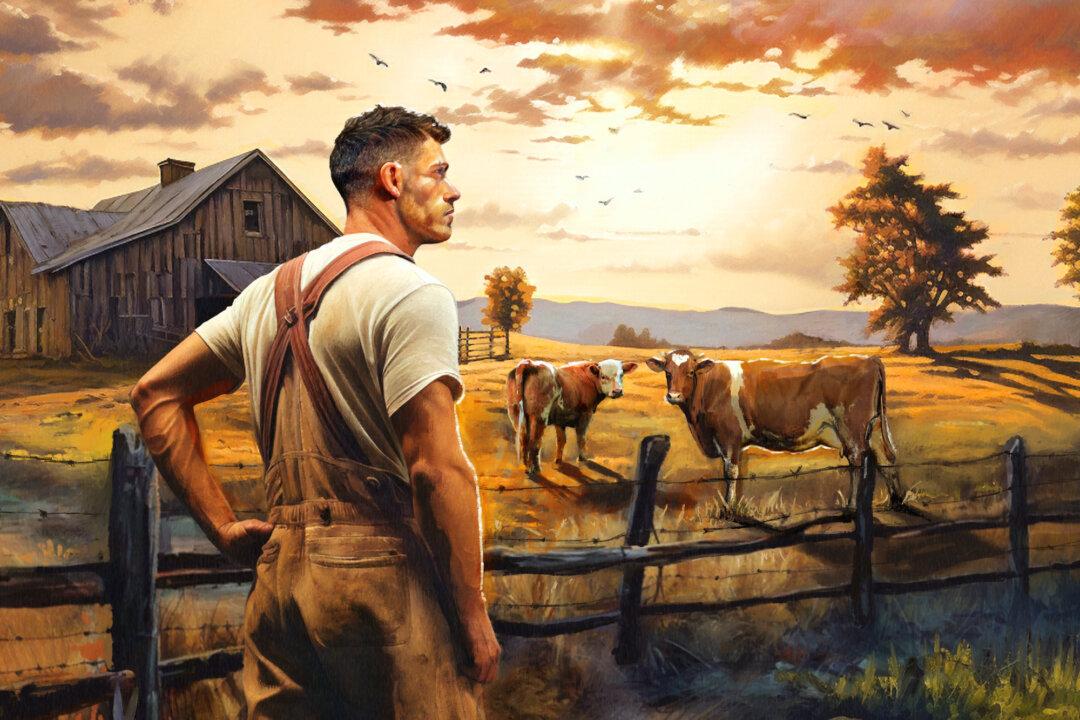I have a confession: I’m not a very good homesteader.
My wife and I moved to a small acreage with dreams of an idyllic existence among the vegetables and animals: a simpler, more traditional life, gathering most of our food from outside our front door. The back-to-the-land movement that has swelled in this country, particularly among people of my generation, caught hold of us too. More and more, in our techno-industrial society, people grow nostalgic for a natural and traditional way of life—and not without reason. We couldn’t resist the poetic appeal of growing our own food, living close to the rhythms of the natural world, and practicing time-enshrined skills—canning, butchering, milking, and the like.






